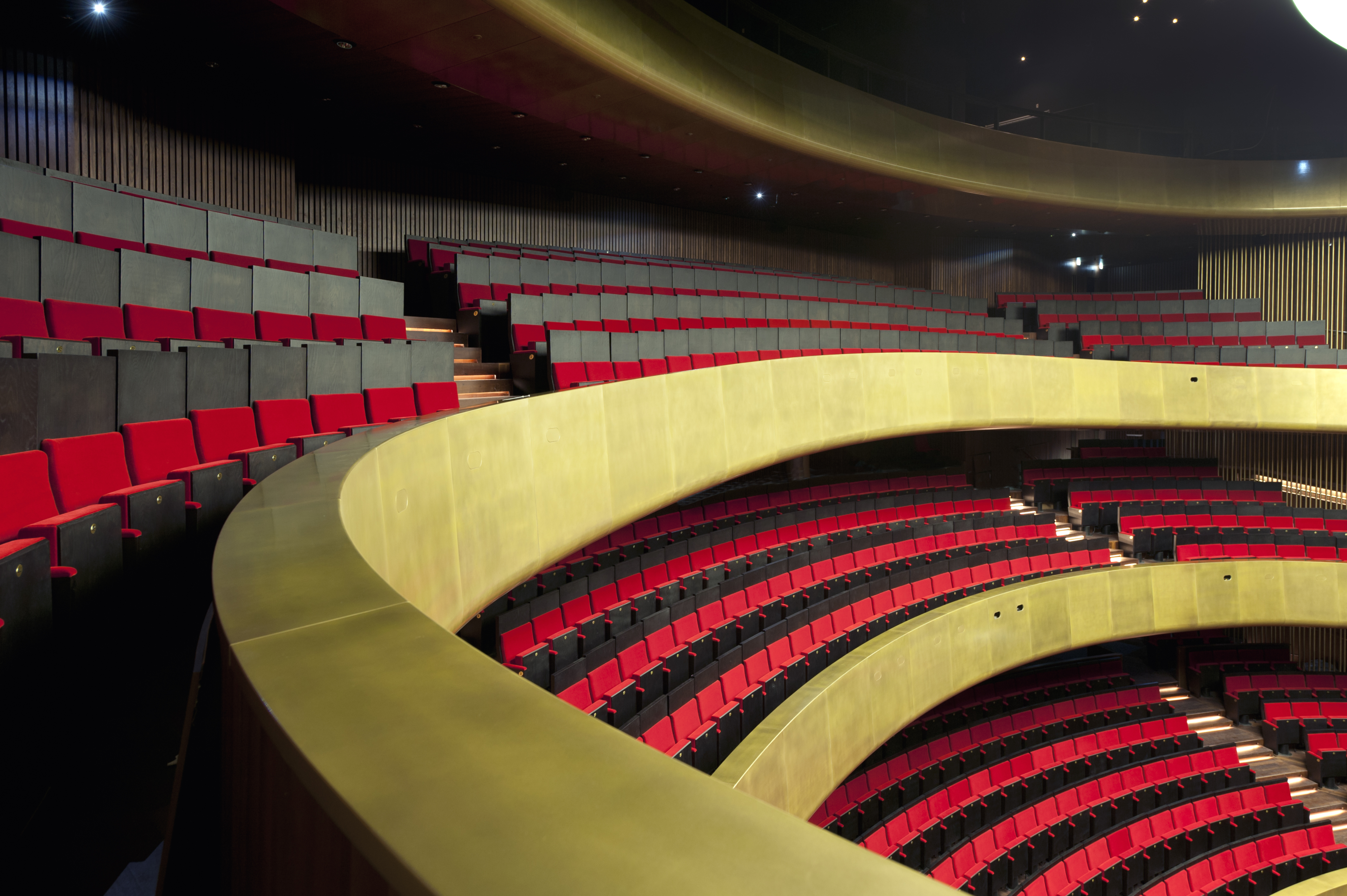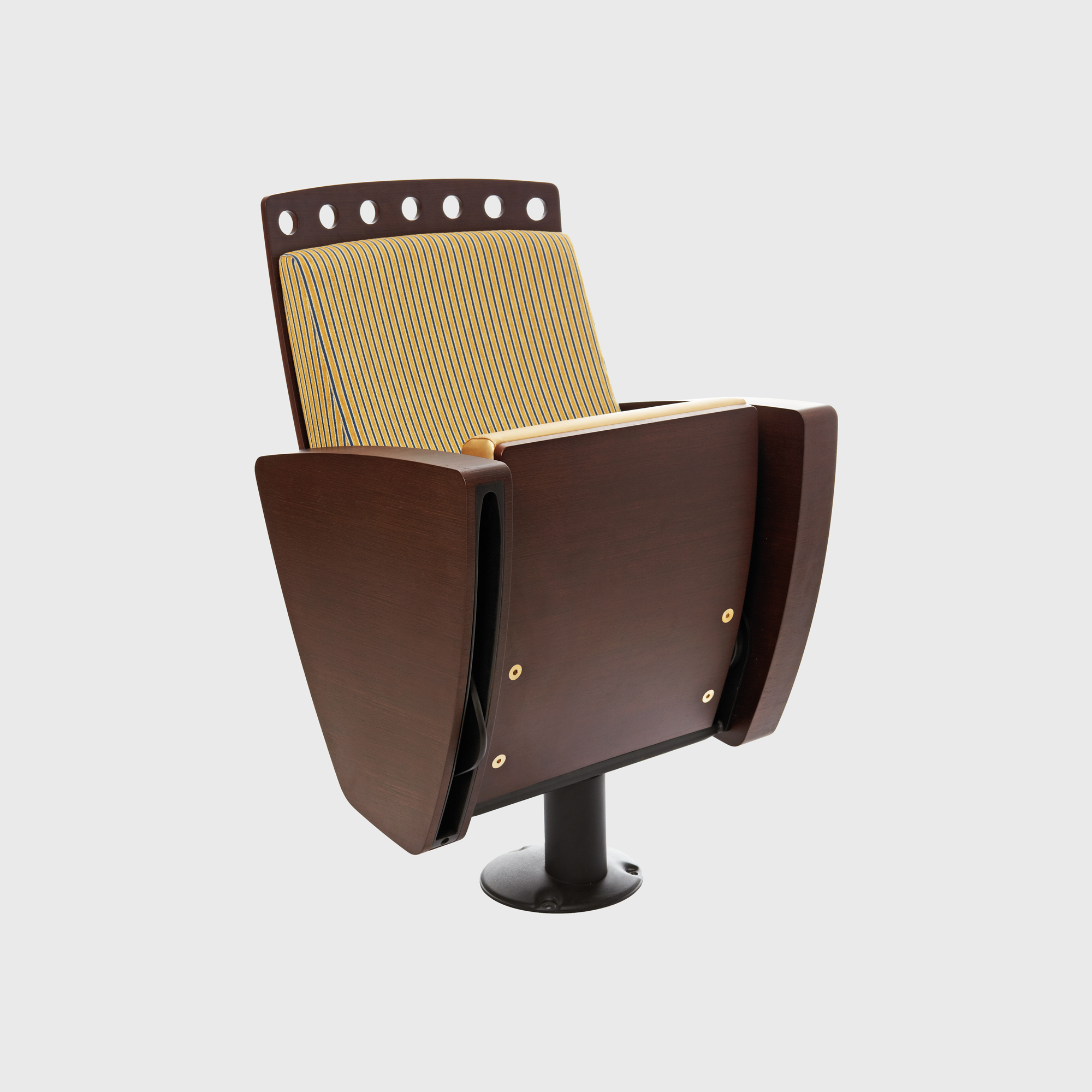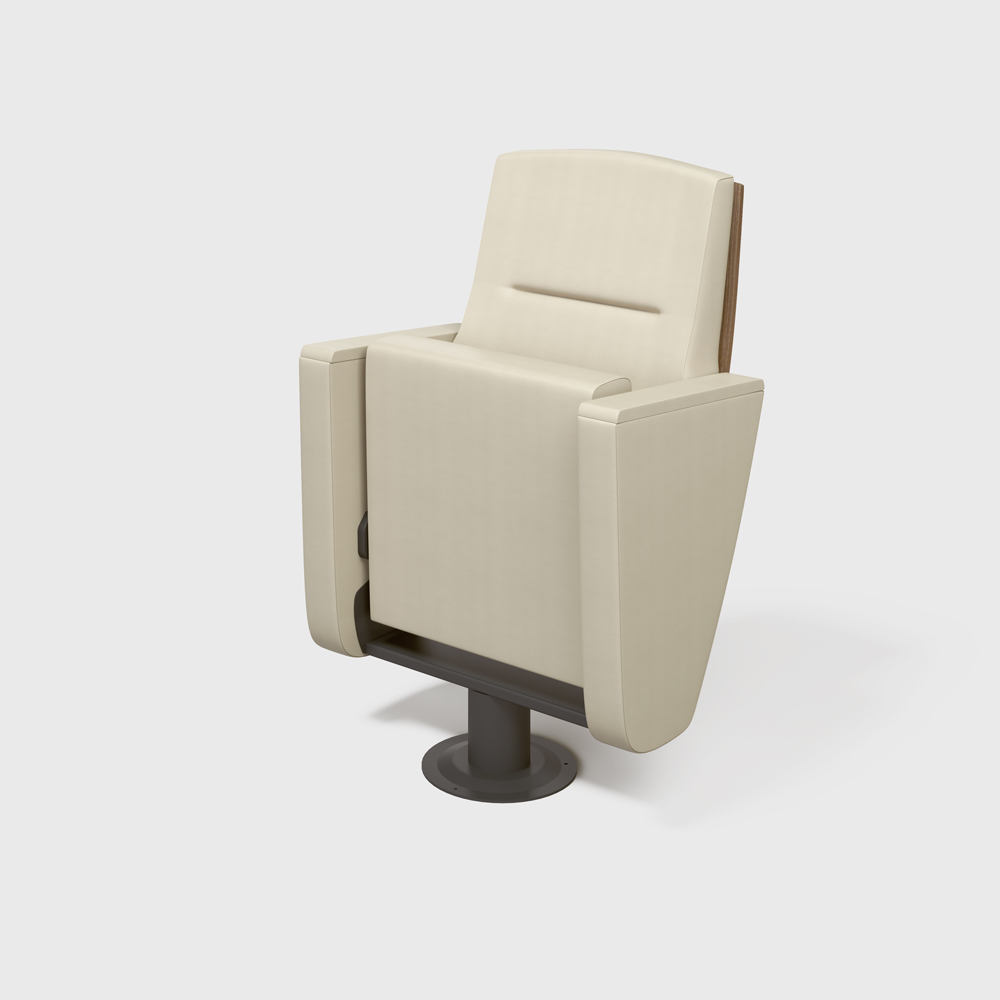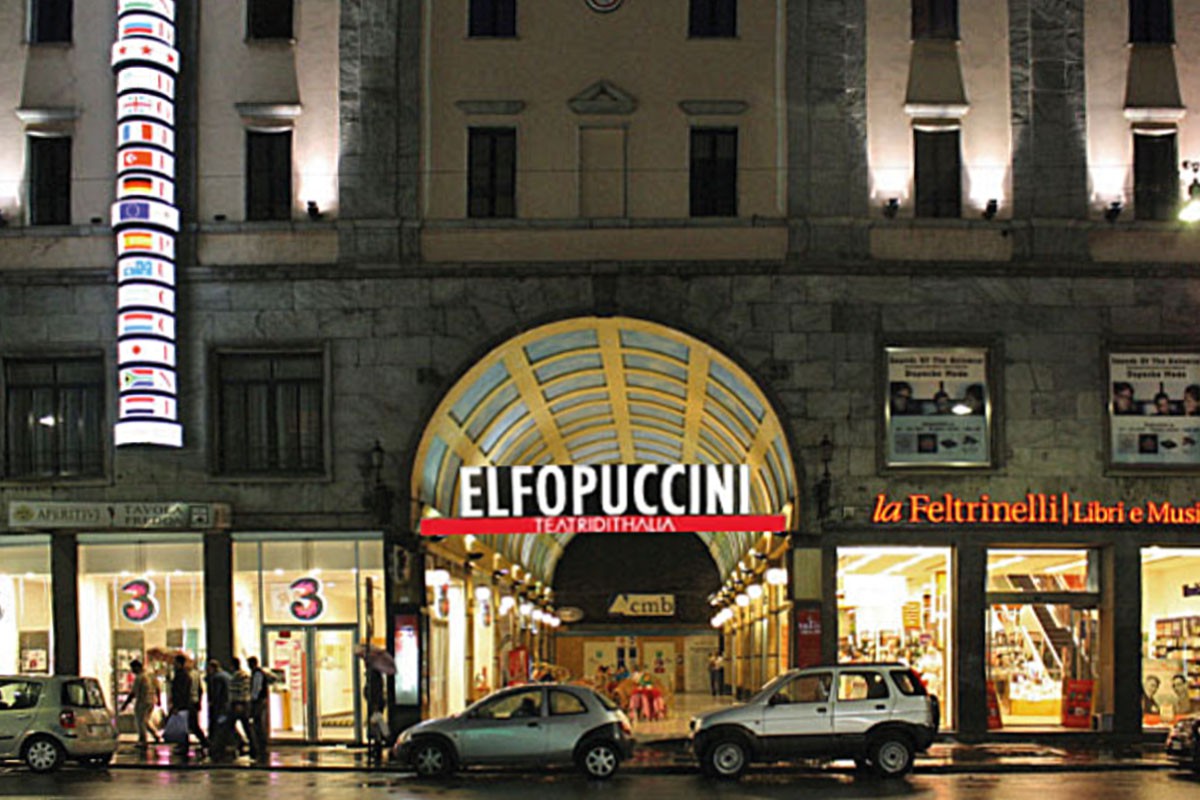-

 Musiktheater, Linz>prodotti | ufficio | direzionali
Musiktheater, Linz>prodotti | ufficio | direzionali
Musiktheater, Linz, Austria

Focus
- Project by Terry Pawson & Architektur Consult Wien.
- All the seats were made of robinia wood.
- 1,250 customised Linz seats, 23 models, 6 seat shapes and dimensions, 14 types of backrest.
- Seat folding system is innovative, based on a springless mechanism and made with self-lubricating materials. It is equipped with a gradual friction brake that reduces speed when closing and silent block pads that prevent any noise.
- Interactivity with a touch screen on the backrest to access to a whole range of interactive services.
- Each seat is equipped with a cylinder for indirect air conditioning or heating in order to avoid disturbing the audience and reduce air flow noise.
- A detailed acoustics study has resulted in an acoustic absorption curve that is virtually identical for a full and an empty theatre.












Project
Opera House
Location
Linz, Austria
End Use
Theatre
Designers
Terry Pawson & Architektur Consult
Installed Area
420 sqm
Supplied Products
1,250 customised seats
Supplied Model
Linz (custom seating)
Year
2013
If you're interested, feel free to contact us
We'll get back to you within 24 hours
Designed by Terry Pawson & Architekture Consult, Linz Opera House is one of the most avant-garde theatres in the world, both for the technologies used and for its almost perfect acoustics, thanks also to the seats developed on demand by Aresline.
The acoustic planning of theatres and concert halls is challenging because it involves an “emotional” communication and often the sound message is direct and not dispersed through amplification systems. That is why the search and selection of materials and their shape are imperative, just as it is to work with professional acoustic consultants who are able to carefully balance reflection and absorption according to the use of the hall and to possible variations in public presence, by developing and analysing three-dimensional acoustic models.
The choice of seats for theatres and music halls, where the furniture plays an active role in acoustic performance, is important because the presence of the public can become a non-calculable and unpredictable variable. It is necessary to create seats that offer consistent sound absorption, whether the seats are free or occupied, to avoid any considerable change in the hall’s acoustic response based on the public’s presence. In close collaboration with the designers and the acoustic consultant, our objective is to ensure the seat has the same acoustic response, irrespective of whether it is occupied or empty.
In Müsiktheater, the sound absorption curb, to maximise the theatre’s performance of the occupied seats is almost identical to that of the empty seats, where the reverberation time remains constant when the hall is empty, occupied for rehearsals or when completely or partially filled with people. To reach such objectives, the seats were created in 23 models with 6 different shapes and sizes and 14 types of backrests.
Furthermore, most of the seats have MODE 23: a touch screen installed on the back of the backrest











































